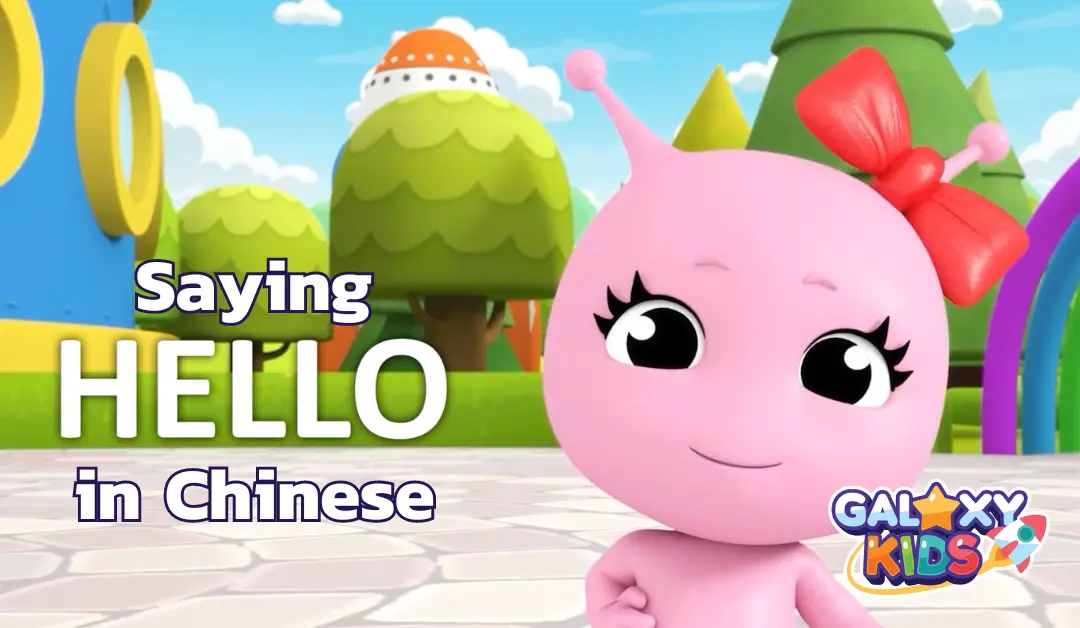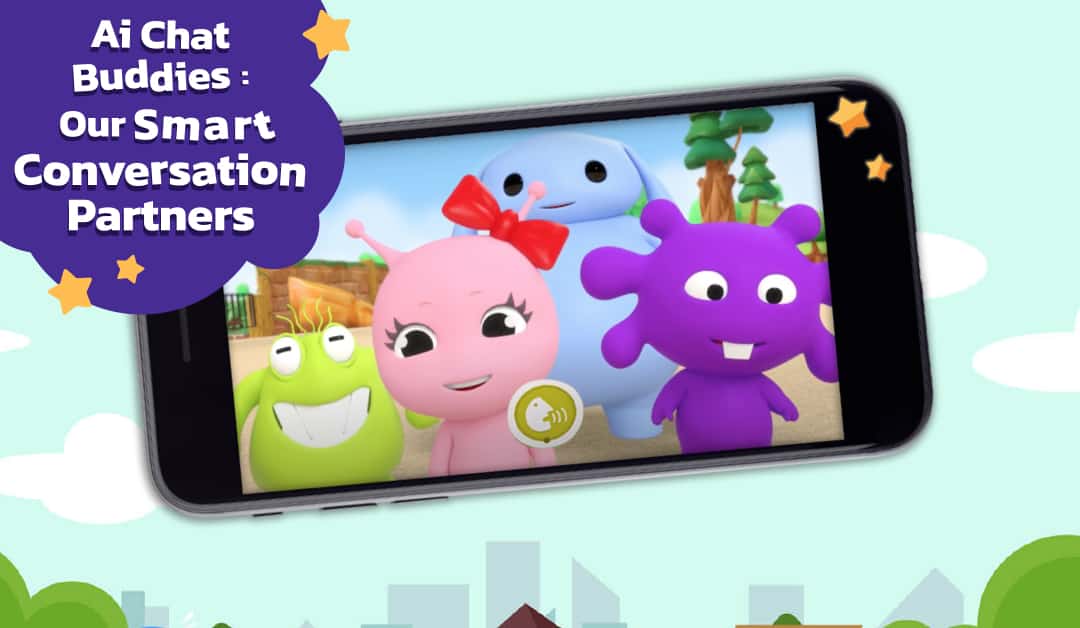Clothes are one of the significant basic needs in life and learning about different clothing items will help kids to develop language and motor skills. If you have a toddler, they will be very excited to learn about this topic when they learn Chinese as they get to play dress-up at home. In this article, we are sharing different clothing items in Chinese and how your kids can learn about them.
Clothing Vocabulary in Chinese for Kids
T-Shirt T恤 (t xù)
Sweater 毛衣 (máo yī)
Coat 外套 (wài tào)
Jeans 牛仔裤 (niú zǎi kù)
Socks 袜子 (wà zi)
Shorts 短裤 (duǎn kù)
Tracksuit 运动服 (yùn dòng fú)
Pajamas 睡衣 (shuì yī)
Shoes 鞋 (xié)
Boots 靴子 (xuē zi)
Raincoat 雨衣 (yǔ yī)
Tanktop 背心 (bèi xīn)
Swimsuit 泳装 (yǒng zhuāng)
Women Clothing Vocabulary in Chinese for Kids
Skirt 短裙 (duǎn qún)
Dress 裙子 (qún zi)
Heels 高跟鞋 (gāo gēn xié)
Blouse 衬衫 (chèn shān)
Bra 胸罩 (xiōng zhào)
Panties 内裤 (nèi kù)
Stockings 丝袜 (sī wà)
Men Clothing Vocabulary in Chinese for Kids
Suits 西装 (xī zhuāng)
Shirt 衬衫 (chèn shān)
Tie 领带 (lǐng dài)
Bow-Tie 领结 (lǐng jié)
Briefs 内裤 (nèi kù)
Accessories in Chinese for Kids
Sun Hat 太阳帽 (tài yáng mào)
Wool Hat 羊毛帽 (yáng máo mào)
Scarf 围巾 (wéi jīn)
Glasses 眼镜 (yǎn jìng)
Sunglasses 太阳镜 (tài yáng jìng)
Backpack 背包 (bèi bāo)
Bag 包 (bāo)
Earrings 耳环 (ěr huán)
Bracelet 手镯 (shǒu zhuó)
Belt 腰带 (yāo dài)
Handkerchief 手帕 (shǒu pà)
Necklace 项链 (xiàng liàn)
Purse/Wallet 钱包 (qián bāo)
Hat/Cap 帽子 (mào zi)
Ring 戒指 (jiè zhǐ)
Watch 手表 (shǒu biǎo)
Teaching Clothes Vocabulary in Chinese for Kids – The Most Fun Ways
The Guessing Game
Kids are known to be curious, and you can even use their curiosity to teach them clothes vocabulary. In addition, the guessing game is actually a promising way of teaching them about clothing items and introducing them to clothes that they didn’t know about. With the guessing game, the students are shown an extensive range of clothing items and are given five seconds to guess every clothing item. In addition to teaching them the vocabulary, it’s also for reviewing their knowledge about clothing vocabulary in Chinese. Keep in mind that it will activate kid’s current knowledge, which even enhances their learning Chinese.
Simon Says Game
There are so many classroom games available to enhance kid’s learning and grasp on specific subjects. However, the Simon Says game is a promising listening activity that helps practice the clothing vocabulary in Chinese. But again, before you start this game, you must teach them how to put on different clothing items. For instance, you can say phrases like, take off the hat, put on the jacket, wrap around the muffler, and buckle the belt will keep them going. Now that kids have practiced, you can start the game. All in all, this game to learn Chinese for kids is extremely fun, and kids love it.
Bingo
We all have played bingo, and it’s actually a great way of teaching kids about clothing items in Chinese. This is basically a card game and can be played in every possible language. For this purpose, you need to make small flashcards with clothing items printed on the card. You can easily download and print these free Chinese learning flashcards from the internet and allocate one set to your kid and keep one for yourself. Now, ask them to place the flashcards horizontally and begin the game. Then, simply ask your kid, “I want to buy a jacket,” and watch kids skim through the flashcards and find one with the jacket. This will actually initiate their thought process, and their learning capacity will enhance.
Drawing Game
Drawing is every kid’s favorite activity, and this way of teaching clothing vocabulary is actually fun, and kids will enjoy the learning process. For this reason, just get the A4 papers, coloring pencils, and scissors. With this activity, give them a paper, assign them a clothing item, and ask them to draw. For instance, you can ask them to draw a hat or a shirt. Also, when the drawing is done, ask kids to cut the shapes with a scissor and ask them to compare the drawing with a real clothing item. This drawing activity will help them enhance their understanding of different clothing items.
Board Game
No activity can be better than a board game when it comes down to teaching the clothes vocabulary in Chinese. There are various free Chinese learning boards available online, and you can print down any suitable option from the internet. When you have the board game printed on the sheet, give them a pencil and ask them to spin the pencil. Whatever pencil stops at, ask your kid to make a dialog based on the clothing item.
Just Talk
If nothing seems to work out and kids are unable to memorize different clothing items, just tell them what is what while dressing them up. For instance, if you are helping them wear socks, simply ask them, “what is it?” and let them guess. There are chances that they make wrong guesses, but they will eventually learn to speak Chinese. Lastly, you can also ask them to guess the clothing product while shopping to make it more interactive!
To learn to say Hello in Chinese or more about clothes in Chinese for kids, you can download the Galaxy Kids app – the best Chinese learning app for kids!



